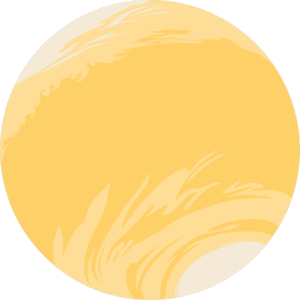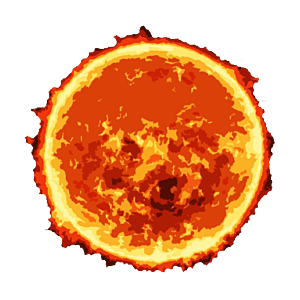The Downlink • Feb 17, 2023
Weaving together a picture of the Cosmos
Space Snapshot

When data from multiple sources are woven together, we can gain new insights into the workings of the Cosmos. This composite image of the Sun shows high-energy X-ray data from NASA's Nuclear Spectroscopic Telescope Array in blue, lower-energy X-ray data from the X-ray Telescope on JAXA's Hinode mission in green, and ultraviolet light detected by NASA's Solar Dynamics Observatory in red. Together, these instruments are being used to understand the relationship between the Sun’s surface and its atmosphere. Image credit: NASA/JPL-Caltech/JAXA.
You love space, now take action
This weekly newsletter is your toolkit to learn more about space, share information with your friends and family, and take direct action to support exploration. Anyone can subscribe at planetary.org/connect to receive it as a weekly email.
Mission Briefings


An Earth-sized exoplanet 72 light-years away has been found. The planet, named K2-415b, orbits one of the coolest stars known to have exoplanets. The discovery was made using data from NASA's now-defunct Kepler space telescope and the Transiting Exoplanet Survey Satellite. Pictured: An artist’s impression of the exoplanet. Image credit: NASA/JPL-Caltech.

Editor’s note: The Planetary Society held a staff retreat this week, which is why this section is lighter than usual. We’ll be back next week with our usual content.
From The Planetary Society


Are we alone? You can help find out. Volunteers are now helping comb through radio data from other star systems to look for signs of extraterrestrial intelligence. This new project, supported in part by a Planetary Society STEP grant and led by researchers at the University of California Los Angeles, looks for signs of radio signals of intelligent extraterrestrial origin. Volunteers help sort signals into categories of known radio interference, and this helps train a machine-learning system to rule out human-generated signals in future searches. Listen to an interview with the project’s leaders on this week’s Planetary Radio, and sign up today to make your mark on the search for extraterrestrial intelligence. Image credit: UCLA.

Planetary Society CEO Bill Nye has been honored for his support of space. The American Institute of Aeronautics and Astronautics awarded Nye a public service award this year to celebrate the impact of the support for space that he has shown throughout his long career in popular media.

Political polarization has impacted how Congress approves NASA funding. The rate of congressional NASA authorizations, which approve new programs and funding levels for the space agency, has fundamentally changed in the past 30 years. A new paper from Alex Eastman and Planetary Society Chief of Space Policy Casey Dreier explains how and why the rate of legislation has changed, and what this means for space exploration.
What's Up

Look for bright Venus near the western horizon after sunset, with Jupiter shining a bit higher in the sky. High in the sky look for reddish Mars near the dimmer, reddish star Aldebaran. Find out what else to look for in February’s night skies.
Wow of the Week

Planetary Society member and volunteer CaLisa Lee created this woven tapestry of the Sun, Earth and LightSail 2. Weaving and space travel have more in common than you might expect; warp drives and space shuttles both borrow terms from weaving, and traditional weaving techniques were applied by NASA when developing the Orion space capsule’s heat shield. Image credit: CaLisa Lee.
Send us your artwork!
We love to feature space artwork in the Downlink. If you create any kind of space-related art, we invite you to send it to us by replying to any Downlink email or writing to [email protected]. Please let us know in your email if you’re a Planetary Society member!


 Explore Worlds
Explore Worlds Find Life
Find Life Defend Earth
Defend Earth


